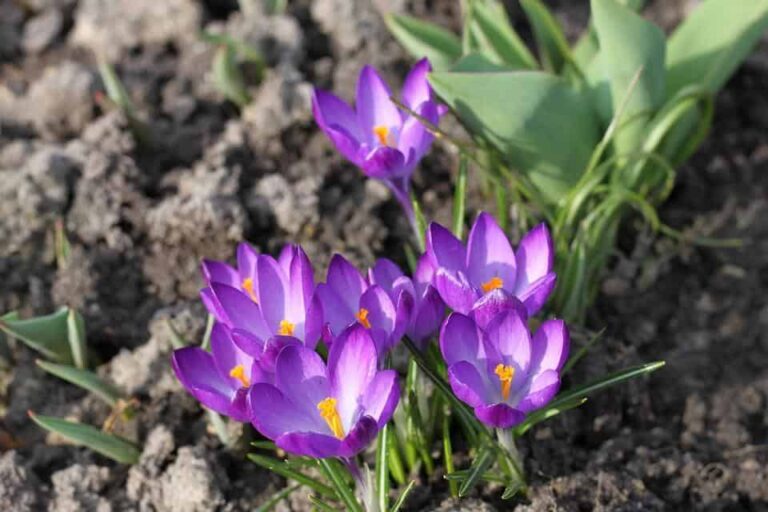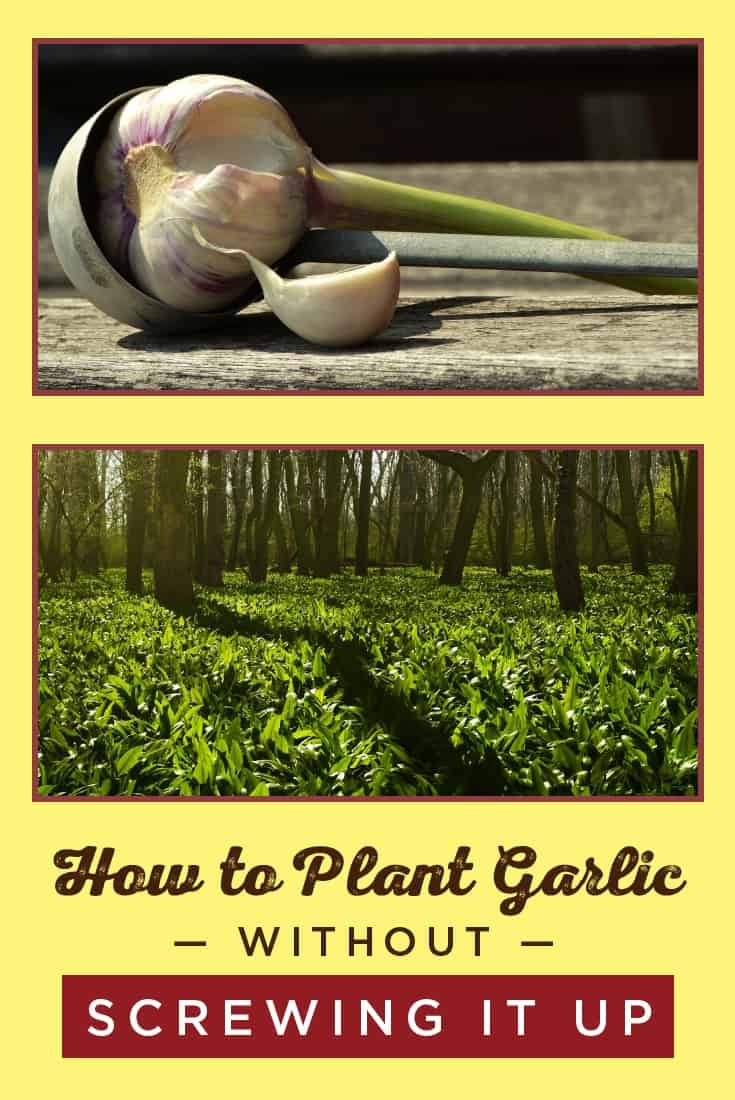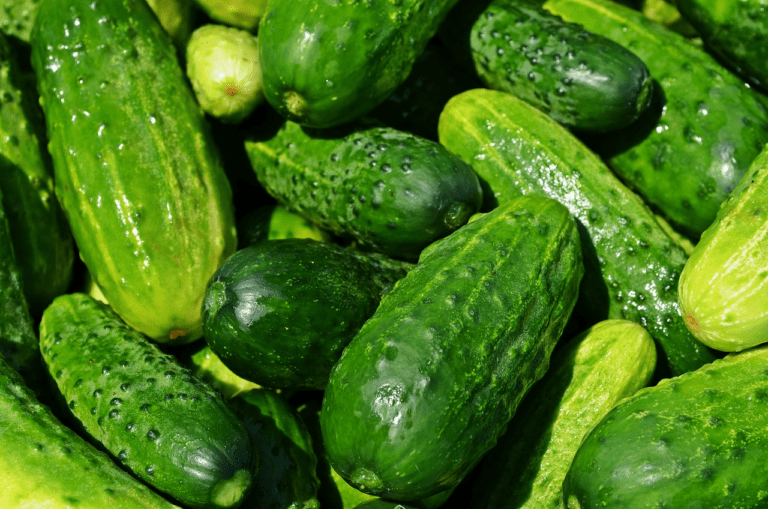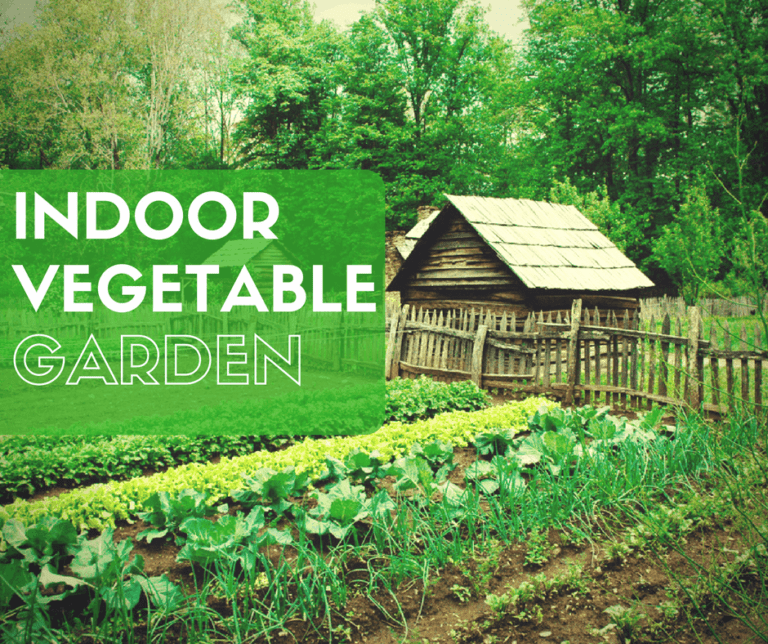Cucumber: Fruit or Vegetable? We Answer Your Question
Is a cucumber a fruit or a vegetable?
The short answer is that cucumbers are considered both a fruit and a vegetable! However, there are two different classifications:
The botanical classification: Cucumbers are fruit.
The Culinary Classification: Cucumbers are vegetables.
Are you surprised by that answer? Cucumbers fit the botanical definition of a fruit because they develop out of flowers and usually contain seeds. Even when they are bred to be seedless, they fit the botanical definition of fruit. But the courts and the cooks have decided that they are better treated as a vegetable.
Grow Your Own Cucumbers
Understanding Properties Of Fruits & Vegetables
Before you can say whether a cucumber is a fruit or a vegetable, it helps to understand the difference between the two. People tend to assume that fruits are sweet and vegetables are bitter or savory.
But taste really has nothing to do with it. What makes a cucumber either a fruit or vegetable comes down to two things. The first is how it’s defined botanically. The second is how it is defined by cooks and by the courts.
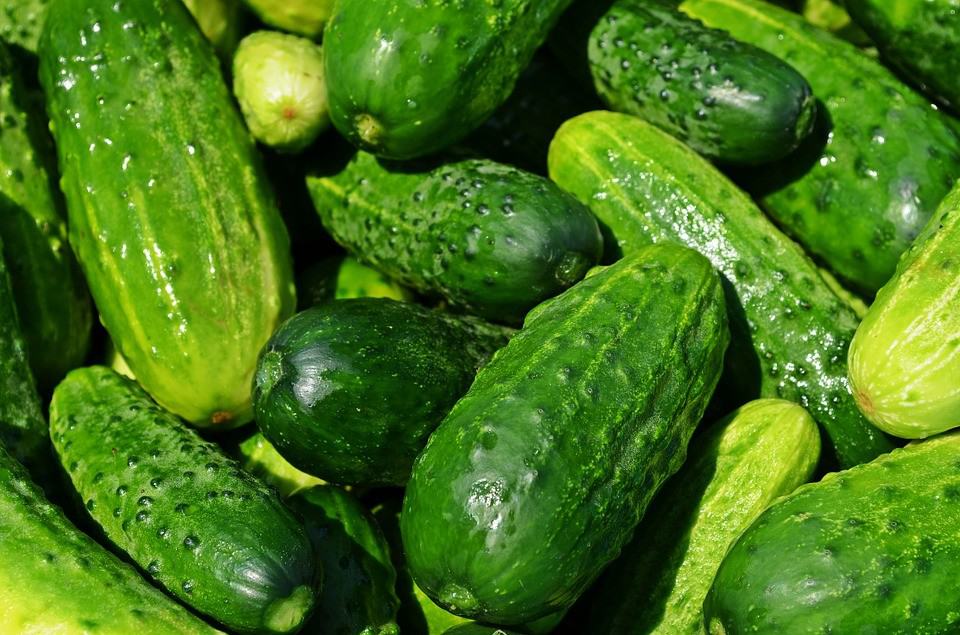
Cucumber Is a Fruit In The Garden
If you were to grow cucumbers in the garden, you’d be growing a plant that produces fruits. As National Geographic puts it, a fruit is what develops when a flower is fertilized. Fruits contain the seeds of the plant. Cucumbers are scientifically considered a fruit due to having these enclosed seeds and developing from a flower, even though there are close to 100 varieties of cucumber that include seeded and seedless according to UC Davis and the FDA.
Take a close look at the cucumbers you’re growing in your garden. If things are going well, the plant is most likely producing flowers. Some of those flowers have what looks like a baby cucumber at their base. Others are simply petals.
Female flowers have the mini cucumber at their base. It’s the ovary that ultimately develops into a full fledged cucumber. For the full grown cucumber to develop, pollen from the male flower needs to make its way to female flower.
This video from gardener Gary Pilarchik shows you the difference between male and female cucumber flowers. It also shows you how you can pollinate those flowers yourself to get more cukes from a plant, if bees or natural pollinators are in short supply.
Cucumbers aren’t the only “vegetable fruit.” Lots of other edibles that people commonly assume to be vegetables are botanical fruits. They include tomatoes, beans, squash, and avocados, according to the Mayo Clinic.
If you want to get technical, even nuts and seeds are actually fruits from a botanical standpoint.
…but Cucumber Is a Vegetable In The Kitchen
If you were to ask a botanist to define a vegetable, he or she would tell you that it’s any other edible part of a plant aside from the fruit. Stems, roots and leaves all fall under the vegetable category from the botanist’s point of view, according to LiveScience.
But over in the kitchen, the definition of a vegetable is a little more general. Ask a cook what a vegetable is and he or she is likely to say any edible part of the plant that’s not sweet.
Under that definition, a cucumber is vegetable. You probably don’t eat desserts made from cucumber, but you are likely to enjoy it in a savory salad or made into a salty pickle or condiment.
Cucumber Is Legally a Vegetable
Once upon a time, the Supreme Court had a say in whether a cucumber (and tomatoes and other botanical fruits) was actually a vegetable.
It decided that yes, a cucumber was a vegetable.
How did the issue of a cucumber being either a fruit or vegetable make its way to the Supreme Court? It might not surprise you that taxes were at the heart of the matter.
An importer, John Nix, was trying to bring in a shipment of tomatoes from the West Indies. A customs official, Edward Hedden, applied a 10% import tax on the “foreign vegetables.” Nix argued that the tomatoes were fruits and shouldn’t be taxed.
In Nix vs Hedden, seen by the Supreme Court in 1893, Justice Horace Gray determined that tomatoes, cucumbers and other “fruits of the vine,” are grown in kitchen gardens and are used as vegetables in people’s meals.
In short, Nix had to pay the import tax on his shipment of tomatoes. After that, cucumbers and other fruits that were not commonly used for desserts were legally considered vegetables.
Understanding a Cucumber’s Biology
It’s worth pointing out that although cucumbers are legally and culinarily vegetables, they are close relatives of several fruits.
Cucumbers (Cucumis sativus) are part of the cucurbitaceae family and belong in the genus cucumis. Cantaloupes (definitely a fruit) are also in that genus, according to the USDA.
Other close relatives include watermelon, pumpkins and winter squash. Pumpkins straddle the line between being a fruit and vegetable culinarily. Botanically, they are fruits but they are used in both dessert and savory dishes in cooking.
What About Seedless Cukes?
Part of the botanical definition of fruits states that they contain seeds. That’s definitely the case if you slice open your standard American slicing or pickling cucumber.
But some cucumber varieties, such as English cucumbers, don’t contain seeds. The lack of seeds doesn’t mean they aren’t a fruit, though.
Instead, it means that cultivators have found a way to produce the fruit without fertilizing it, according to Scientific American. It’s a process known as parthenocarpy. Parthenocarpy occurs naturally in some fruits, such as bananas and pineapples. Growers can also stimulate it in other varieties, including cucumbers, watermelons and squash.
Seedless cucumbers might still technically be fruits, but they offer a number of benefits to those who grow them. For one thing, you don’t need to worry about hand pollinating the plant’s flowers or about attracting bees to your plants. Seedless cucumbers are easier to grow in greenhouses, without pollinators.
Once harvested, seedless cucumbers also tend to keep longer than their seeded cousins. That means if you have a lot of success with a seedless variety, you don’t have to rush to eat them all once harvested.
The downside is that you can’t save the seeds from the cucumbers you grow, since there aren’t any. You’ll be stuck buying new seeds year after year if you want to keep growing that variety.
It turns out that a cucumber is a vegetable wearing fruit’s clothing. Any botanist will tell you it’s a fruit. But any cook will tell you that it’s clearly a vegetable.

